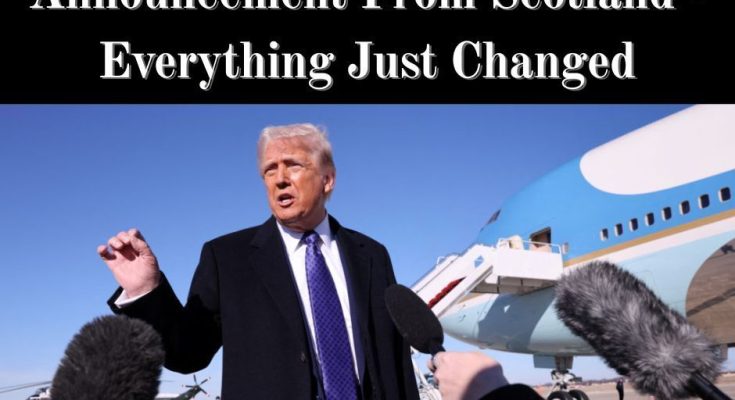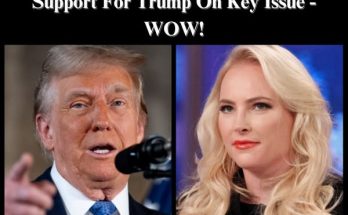EDINBURGH, Scotland – In a move that has sent ripples across international markets and political capitals, President Donald Trump, currently on a working visit to Scotland, has announced a groundbreaking trade framework with the European Union, along with a significantly shortened ultimatum for Russia regarding the conflict in Ukraine.1 These pronouncements, made from his golf course in Turnberry, signal a dramatic shift in global economic and geopolitical landscapes.
The most immediate and impactful revelation came with the announcement of a US-EU trade framework. Following intense negotiations with European Commission Chief Ursula von der Leyen at Turnberry, President Trump declared that the two economic powerhouses had reached an agreement to implement a 15% tariff on most goods.2 This deal, described by Trump as “tremendously powerful” and “a good deal for everybody,” aims to avert a full-scale trade war that had threatened to send shockwaves through the global economy.3
Under the new framework, the EU has reportedly agreed to significant commitments, including purchasing $750 billion worth of U.S. energy and investing an additional $600 billion in America.4 While the 15% tariff will apply broadly, both sides have agreed on “zero for zero tariffs on a number of strategic products,” such as aircraft components, certain chemicals, generic drugs, and semiconductor equipment.5 This marks a departure from decades of U.S. trade policy focused on lowering barriers, and a definitive embrace of strategic tariffs as a tool for economic rebalancing.
Beyond trade, President Trump also issued a stern and urgent warning to Russia regarding its ongoing conflict in Ukraine.6 He announced that he is dramatically shortening a previously set 50-day deadline for Russian President Vladimir Putin to cease hostilities.7 Trump stated that Putin now has only “10 to 12 days” to make progress towards a peace deal, effectively setting an ultimatum for early August.8 “No reason in waiting,” Trump said, expressing frustration over the lack of progress and the continuing loss of life.9 This accelerated timeline indicates a heightened sense of urgency from the White House to resolve the conflict.
The President’s visit to Scotland, ostensibly a “working trip” combining high-level diplomacy with personal business, has drawn both praise and protest.10 While meeting with UK Prime Minister Keir Starmer to discuss the US-UK trade deal, the Gaza humanitarian crisis, and the war in Ukraine, Trump also took the opportunity to promote his golf properties.11 However, his visit has been met with demonstrations, with protesters raising issues ranging from his business dealings to the Epstein case and the situation in Gaza.12
These emergency announcements from Scotland underscore President Trump’s aggressive and results-driven approach to foreign policy and trade. The new US-EU trade agreement, combined with the tightened timeline for Russia on Ukraine, signals a profound shift in international relations, promising to redefine global partnerships and economic dynamics for years to come.



